You need to actually deliver on what you're saying because if it sounds like nonsense…then all of a sudden you're a bulls**t artist. – Andrew Linderman Mission statements serve as the foundation for many well-known corporations. They are simple guiding principles that help illustrate why a business exists.
Take The Walt Disney Company for example. Its mission? To create happiness by providing the best in entertainment for people of all ages…everywhere. For a company that generated nearly $15 billion in revenue, Disney’s mission is incredibly simple — to make people happy.
We expect a Fortune 500 company to have a mission statement, but what about an entrepreneur just starting their own business? Or a small business with only a handful of employees? In this episode of Open for Business, we explore how having an impactful mission statement can be just as critical as your operational and financial strategies.
We start with a behind-the-scenes brainstorm amongst a trio of business partners looking to develop a mission for their new architecture firm, as John Henry tries to help them determine what differentiates their business from the competition.
We also learn how a hurricane actually helped one small business owner realize the importance of having a mission, and how that mission ended up saving her business.
In the end, John comes back with three key lessons for any entrepreneur trying to answer one of the most important questions: What purpose does my business exist to serve?
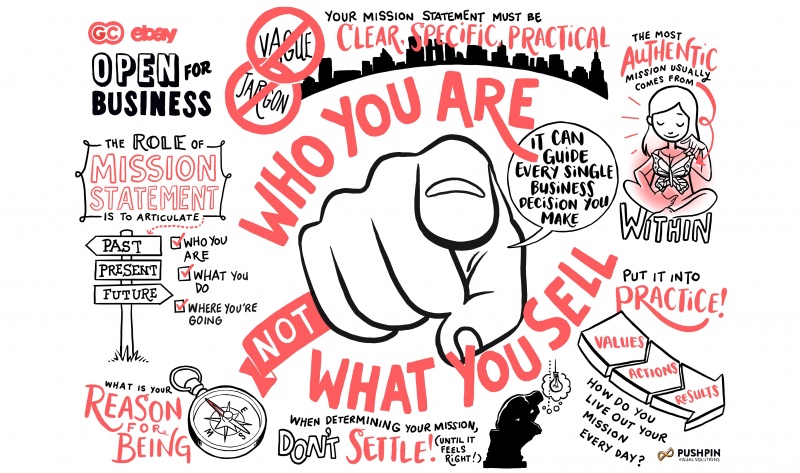
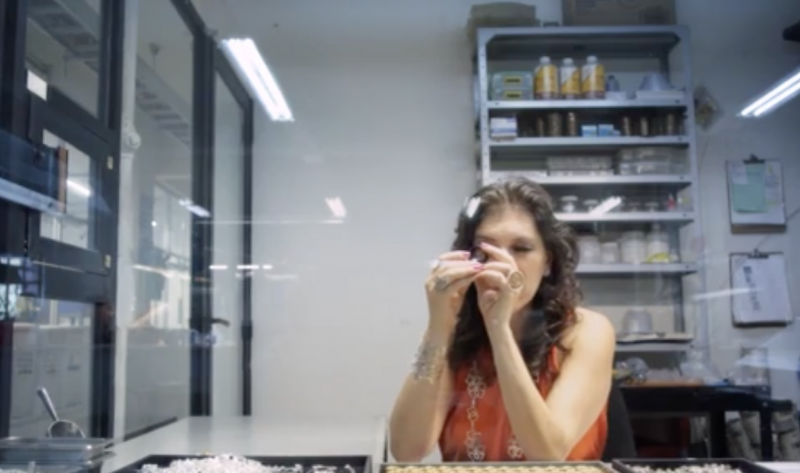
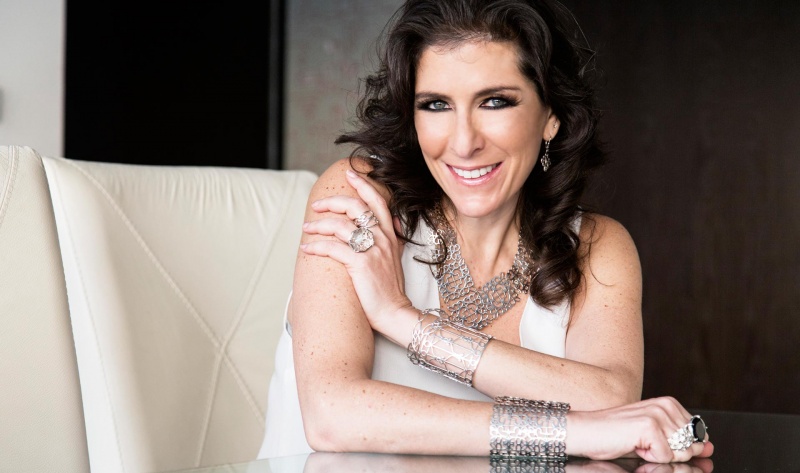
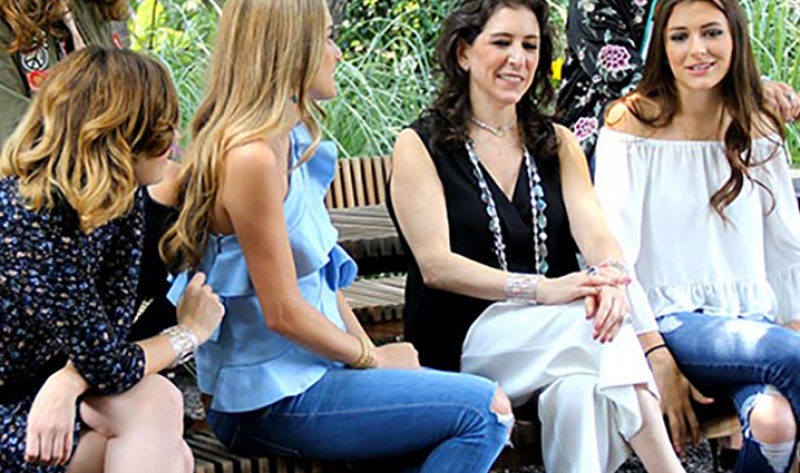

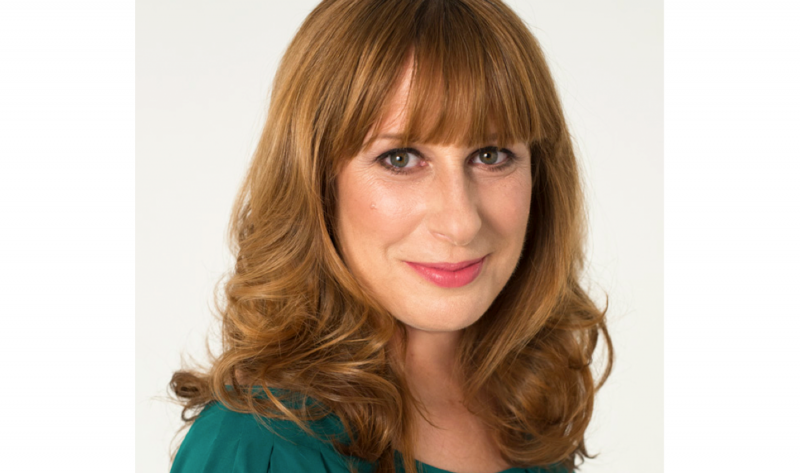
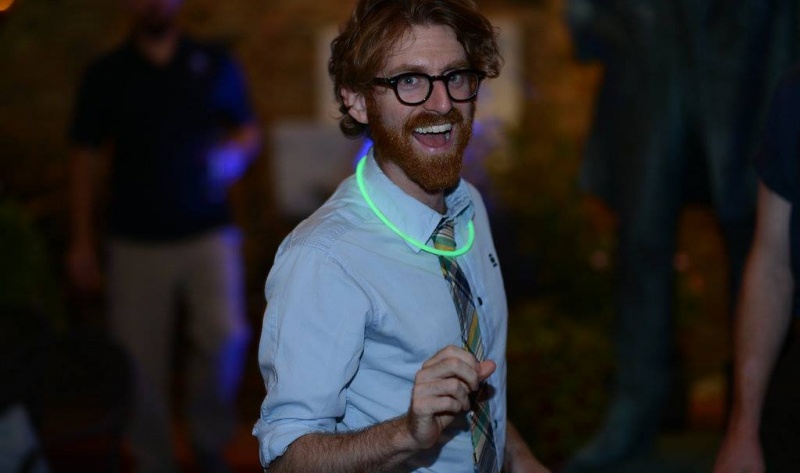
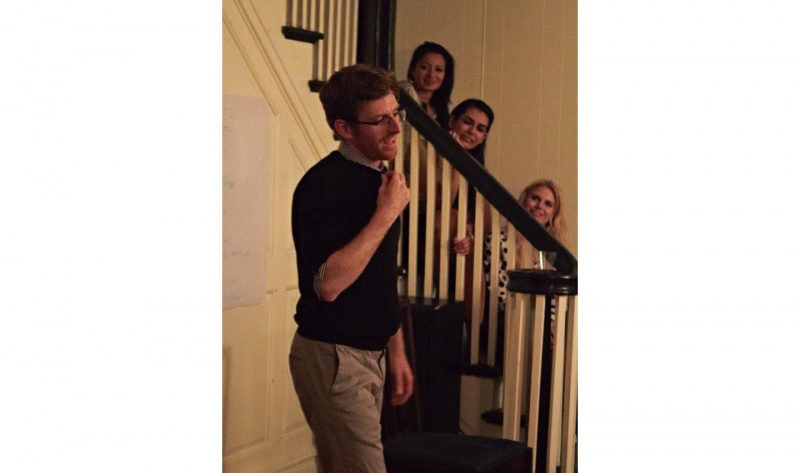
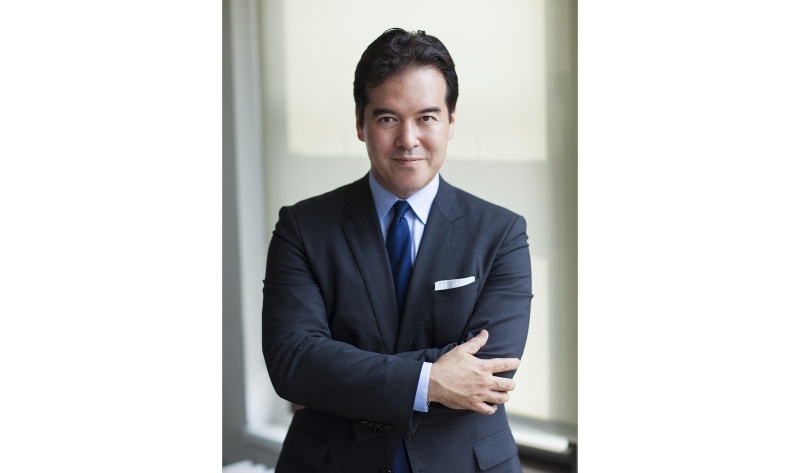
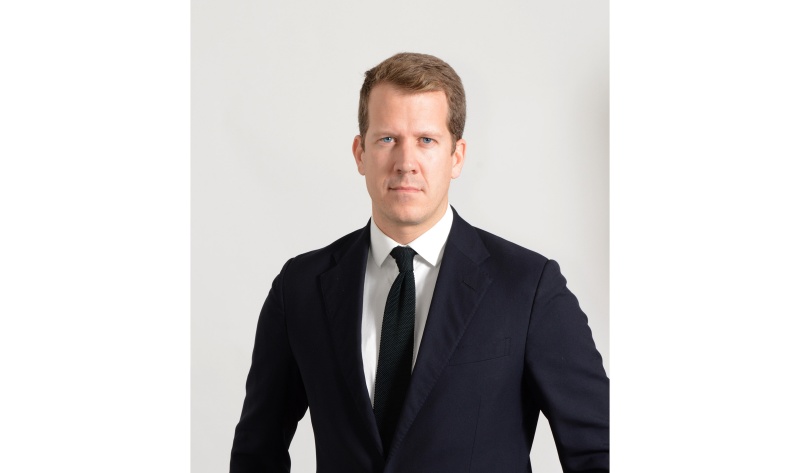
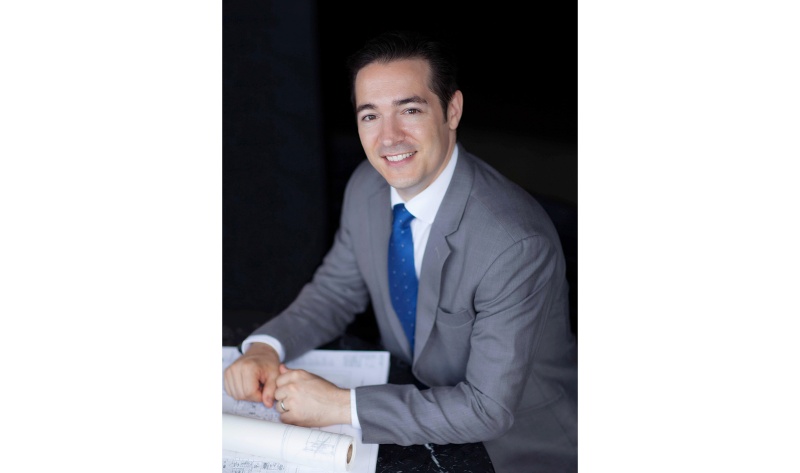
Episode 6: Who You Are, Not What You Sell
Featured Guest: Tanya Moss, Jewelry Designer - Tanya Moss Jewelry
Every business owner knows how they make money each day. What’s harder to define sometimes is why? What motivates you beyond making a profit? In this episode, John Henry sheds light on how a mission statement can have a greater impact than you might realize; it can help provide the framework for personal and business growth.

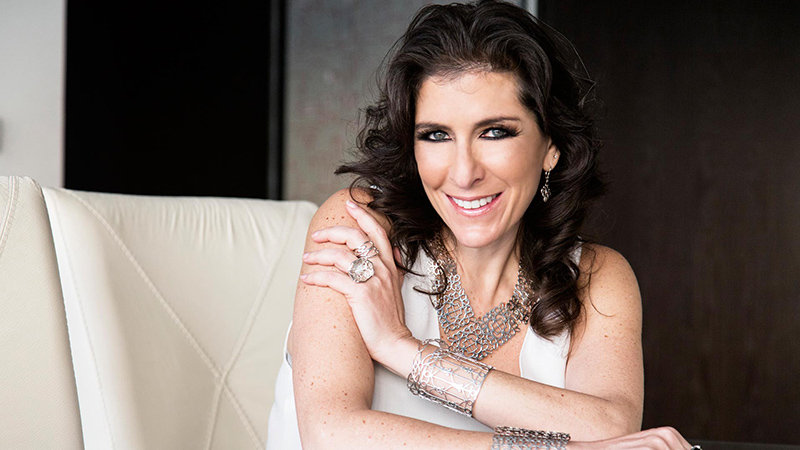
Your Guest
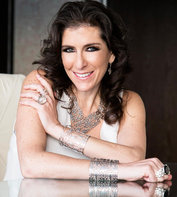
Tanya Moss
Jewelry Designer - Tanya Moss Jewelry
Tanya has a 20-year trajectory as a jewelry designer. She transmits happiness and beauty through her creations and creates feminine, delicate and original pieces. She works with gold, silver, pearls and natural stones. She opened her first boutique store in Mexico on 1995, and started positioning her brand as one of the most important jewelers in Mexico. She is starting her exports business in Mexico with eBay. Her mission is reflected in her trademark butterfly design, reminding people to be the best version of themselves.
Episode Transcript
JOHN HENRY: Hey, I’m John Henry. And this is Open For Business, a branded podcast from eBay and Gimlet Creative about building a business from the ground up. This week, I’m listening in on a conversation...
JOHN HENRY: Hey, I’m John Henry. And this is Open For Business, a branded podcast from eBay and Gimlet Creative about building a business from the ground up. This week, I’m listening in on a conversation...
CHATTER: Hey Andrew, maybe just walk me through so I can visualize...
JOHN HENRY: It’s a conversation between three co-founders of a new architecture firm called Space Factory. They’re talking with their business coach, Andrew Linderman.
CHATTER: Almost, almost ten. Yeah so walk me through your early conversations...
JOHN HENRY: It’s Andrew’s job to help these three partners articulate the mission of their their new business. They’ve agreed to let us record this conversation and it’s essentially a brainstorm session. At the end of it, they’ll hopefully be one step closer to figuring out what their new company’s all about and how to articulate that outloud.
ANDREW LINDERMAN: The role of a mission statement is to articulate the past, the present, and the future
JOHN HENRY: This is Andrew, the business coach.
ANDREW LINDERMAN: Who you are, what you're doing, where you're going.
JOHN HENRY: Today on the show: how to define your mission. Every company knows what they sell. What’s harder to define sometimes is why? What motivates you beyond money? Some companies have their mission statement on day one. But many others start out just trying to get the business off the ground. And then, a few months or years in, they realize that they need to put words to the why of their business. A great mission captures that reason behind why your business exists today. But it also leaves room for your company to aspire for more in the future. It can guide *every single decision* you make - whether you’re a business of one or one-thousand. A clear mission can help you with decisions, big and small, from who to hire, to what features to build, to even how you answer your phones. Your mission can be a crucial building block of your business.
JOHN HENRY: Here are a few examples of mission statements:
Disney creates “happiness by providing the best in entertainment for people of all ages everywhere.” At REI, they “inspire, educate and outfit for a lifetime of adventure and stewardship.” eBay strives “to connect millions of buyers and sellers around the world, empower people and create economic opportunity for all.” For our purposes a mission is quote, “a statement that defines what an organization is and why it exists. Its reason for being.”
That’s what our architects are here to figure out. These guys want their firm to avoid the pitfalls they see in the field of architecture today. They’re talking about that now. You’ll hear two of the co-founders. David, who’s on the phone, followed by Michael.
DAVID MALOTT: A lot of what, what architects do is skin deep. We never cut into the surface. Especially when you're doing really, really big projects, it becomes quite specialized. But you never really get into like how the building really works, you know, at the level of the person.
JOHN HENRY: These guys want their mission to capture two main ideas: They want to design buildings that account for the way people actually use them. And, they want to be on that cutting edge of technology in their field.
MICHAEL BENTLEY: I think this new technological era we live in, with all the smart technology and the Internet of Things, I think it's a new horizon and there's a new way in which architecture can start to think about space, based on those technologies that maybe hasn't happened yet.
DAVID MALOTT: Right, so architecture used to be far ahead of information technology and now we're finding it far behind.
JOHN HENRY: As the conversation starts to veer into these ideas - it starts to get a little unspecific and lofty. They start throwing around words like innovation and imagination. Words that sound great but don’t really mean anything. It feels like they’re using jargon. Andrew, the business coach, steps in with a warning:
ANDREW LINDERMAN: You need to actually deliver on what you're saying. Because if it sounds like nonsense and then you don't deliver something that's consistent with that, then all of a sudden you're a bullshit artist.
JOHN HENRY: This is lesson number one. Your mission statement must be clear, specific and practical. It’s easy to veer into vagueness and jargon. When crafting your mission, think about how you will actually live it out everyday.
JOHN HENRY: The brainstorm goes on. The guys are batting lots of different ideas around...and then roughly an hour or so into it. Andrew’s ready to throw out a potential mission statement...
ANDREW LINDERMAN: So we've heard three different responses to what will be possible in these buildings. But if I can sum it up, it's this idea of something that's personalized, it's intuitive, and it's harmonized. To me, it sounds like you're making buildings human again.
DAVID RIEDEL: Yeah, that sounds great.
MICHAEL BENTLEY: I love it.
ANDREW LINDERMAN: Wonderful.
JOHN HENRY: Making buildings human again. That was a first try at the mission and I have to say I was pretty skeptical by that response in the room. I didn’t buy it. So I jumped in
JOHN HENRY: Wait a second. I've done this far too many times, and I've never ever, and I refuse to believe that, like, a mission is spewed out and then the founders are like, 'Okay. Great! That's it.’
[LAUGHTER]
ANDREW LINDERMAN: Good! Good, I like this.
JOHN HENRY: This normally takes six, eight hours plus; and frustration; and far too many beers. So can you give me the mission statement again?
JOHN HENRY: Coming up with mission statements is a meaningful part of what I do with the companies I work with. It’s never that easy! Disagreement is part of the process and I felt like everyone was being too polite. I wanted to really push them to get to a mission that felt real.
JOHN HENRY: If I could ask you what that one line is right now, what what comes to mind? And we can feel free to build on it and be wrong or whatever. One of the founders, David Malott, who was on the phone, jumped in.
DAVID MALOTT: I have an architecture company. I have a technology company. Architecture plus technology. What is it we're really trying to do? We want to bring buildings to life. We bring buildings to life. Space Factory, we bring buildings to life.
JOHN HENRY: Hearing that line made everyone in the studio suddenly sit up and pay attention.
DAVID RIEDEL: I like this about the human experience and bringing buildings to life and I think that is something that people can really understand.
JOHN HENRY: Because what does that like, like so much about a mission statement vision statement, the real effective ones, they make me feel something. So when you guys say, 'We're we're bringing buildings to life,' it gets me as a listener who is, you know, outside of this process thinking about all kinds of interesting things. It prompts a lot of questions like, "Huh, what does that mean?' But it captures that humanness I feel like you guys were excited about.
JOHN HENRY: At the end of the show, we’re going to check back in with the guys at Space Factory. After a week has gone by we’ll see if “We bring buildings to life” really does feel like their mission. Their answer will surprise you! Sometimes, you hire a business consultant to help you define your mission. Sometimes, you wait for a hurricane.
SOUND: SPANISH LANGUAGE NEWS REPORT
JOHN HENRY: This a news report about Hurricane Wilma slamming into Cozumel back in October of 2005. Wilma also hit the Florida Keys that year but it just devastated the Yucatan Peninsula. It took lives and destroyed people’s home and businesses. It did roughly $30-billion of damage. One of the businesses destroyed by Wilma belonged to Tanya Moss. Tanya is a jewelry designer based in Mexico. At the time Wilma hit, Tanya had been in business for a decade. She had four brick and mortar stores in Cozumel selling jewelry, mostly to tourists. Those stores made up three-fourths of her profits. In the course of one day, that was all destroyed.
TANYA MOSS: The feeling that I had then was that I had a black cloud on top of my head. It was pretty scary and by then my husband was already my partner. We didn’t have any second income coming. This was what we would eat from.
JOHN HENRY: It was a really tough time. Tanya rebuilt her stores in Cozumel after the hurricane. But the tourism industry there just wasn’t rebounding...
TANYA MOSS: We went on believing we could make it happen again and business never came back.
JOHN HENRY: And then things went from bad to worse. Tanya’s employees were used to working on commission which meant they weren’t making any money.
TANYA MOSS: They started to feel really desperate because people weren’t shopping so much so they took it upon themselves to fill that hole with stealing.
JOHN HENRY: Tanya’s employees began stealing from her. This was her breaking point. The hurricane was horrible obviously but it wasn’t personal. This was a betrayal by people she trusted….
TANYA MOSS: It felt really bad because you’re really, you end up spending so much time with these people that are working with you and you kind of give them your heart, your energy, your trust and all of a sudden everything goes down the drain.
JOHN HENRY: This was rock bottom for Tanya. She thought of her employees as family. That betrayal made her question everything about how she was running her business. She realized that that she needed a reason to keep going. The money was key but it wasn’t enough anymore. She needed something that would motivate not just her but her employees. She realized she needed a mission and to find one Tanya did some soul searching. One day, she looked down at a piece of jewelry in her shop. It was a bracelet with the very first design she’d ever created.
TANYA MOSS: The first pieces that I made was a butterfly. Whenever I did butterflies, they would sell. And if I had something wasn’t selling, I would just put a butterfly on it and it would sell.
JOHN HENRY: Looking at that design, Tanya remembered that she actually used to be really scared of butterflies as a girl. She used to freeze when one fluttered by. The idea that something that used to frighten her was now empowering, that spoke to her. She used it as the inspiration for her mission.
TANYA MOSS: I’m always looking to be a better version of myself so it’s a way of saying ‘This is what I want to give out the to the world.’
JOHN HENRY: Tanya’s mission for her company is simple: Be the best version of yourself. It may seem almost like a personal motto, but for Tanya her business is an extension of herself. This mission is what drives her both in real life and in business.
This is lesson number two. The most authentic mission usually comes from within. Ask yourself why your business exists. The answer will motivate you and your employees, especially during the tough times.
Today, Tanya has 16 stores across Mexico City. She also sells her designs on eBay and in jewelry stores all over Mexico. Having a mission has a been a unifying theme for Tanya. She now employs roughly 100 people who she says believe in her company as much as she does. That’s because, her mission has changed her whole approach to hiring, starting with the interview.
JOHN HENRY: Pretend I’m a new hire and you are interviewing me for a job at Tanya Moss Jewelry. What do you, what would you say to me to help get your mission across?
TANYA MOSS: The first thing I would try to get is to know you as a person to understand how you feel about the values that are important to me. Such as family, such as stability and as how you see your career. I try to get a feeling of your personality.
JOHN HENRY: Today, Tanya feels confident about the future. That black cloud is gone.
TANYA MOSS:You go to the office and it feels light in the heart it just feels comfortable. If you really are willing to give your heart and the best part of yourself, you’re going to be really happy there. You’re going to understand that it’s taking it’s time because a brand doesn’t get built from one day to the other but you’re being part of it.
JOHN HENRY: Coming up: so you have a mission! Now what? That’s after the break.
=======================BREAK BREAK BREAK====================
JOHN HENRY: Welcome back to Open for Business. We’re talking about how to define your mission. For this next story we’re traveling from Mexico City to Boston, to one of the offices of a company called Moo. They’ve been in business for about a decade, making personalized business cards and stationery. Moo has a mission. It’s their purpose as a company. It’s: Great design for everyone. They also have a set of core values meant to guide and motivate their hundreds of employees.
STEPHANIE SHORE: So we have an acronym. It's called Make It.
JOHN HENRY: This is Stephanie Shore, Chief Marketing Officer at Moo, describing those values.
STEPHANIE SHORE: And each of the letters stands for something special, obviously. So M is "make it simpler." A is "always deliver delight." K is "keep it human." E is "every detail counts." I is my favorite: "Imagine it better." And T is "tackle it together.” So that’s Make It.
JOHN HENRY: At Moo, and many companies, these values are intertwined with the mission. Putting the values into action is a crucial step toward realizing that broader mission. That’s why at Moo, they want their employees to internalize these values. And that’s been a challenge because the company’s been growing so fast, adding more than 300 employees in the past four years. Stephanie says that, as Moo began to scale, some employees didn’t even know there was a mission, much less this core set of values. It all felt further and further removed from their day to day.
STEPHANIE SHORE: It always been a challenge to really get those values off a post card. So that to me was interesting, just coming in to Moo and saying, OK, this is a company that feels like it really lives and breeds its culture. But have we actually gotten the values off the poster?
JOHN HENRY: That was Stephanie’s job, to get the values off the poster and into everyday life for Moo’s employees. So last year, she got all the employees together. Hundreds of people over a multi-day event dedicated to figuring out why they weren’t connecting with the values and mission.
STEPHANIE SHORE:It was really about getting people to look beyond literal interpretations of everything. They were literally sitting there with the values, saying OK, have I made something simpler? Have I tackled it together? You know, you might find yourself working on a big project on your own for a week. But then if you feel like, OK, I didn't tackle it together with someone else, I've failed at this value. So this is about, do you use these values, most of these values on a regular basis? Do you see them reflected in your work? Do you see them reflected in the amazing things that you've done? Have you been able to learn from them?
JOHN HENRY: Stephanie encouraged Moo’s employees to think about the company’s values as a guiding light. Something they can interpret as they see fit. The important thing is that they feel a personal connection to the words.
STEPHANIE SHORE:When people started to personalize the values, the transfer of those values went from something that the exec team owned to something that the employees felt like they owned.
At Moo’s Boston office, there’s a giant wall decorated with that Make It acronym. It’s a physical reminder of what they’re all about. And, according to Stephanie, Moo’s employees are way more connected to those words now. But she knows that as the company continues to grow, getting new employees to feel that same connection requires an ongoing commitment.
STEPHANIE SHORE: It has to stay front of mind for us, or a year or two down the road, we'll find ourselves with potentially the same problem. So I think that's the biggest challenge, is once you decide as an organization you're going to commit to this, it's not a 12 month thing, or a 36 month thing. It's, you're signing up for it.
JOHN HENRY: This brings us to our third lesson: Once you’ve defined your mission, you need to put it into practice. It’s up to you to help your employees understand how the words translate to action in their daily lives.
SOUND OF PHONE RINGING
SPACE FACTORY FOUNDERS: Hello?
JOHN HENRY: Hey there! It’s John. How are you?
JOHN: Back to our architects from the top of the show. It’s been about a week since we got our Space Factory founders, David M, David R and Michael into the studio to define their mission. At the end of the session they came up with this: Space Factory, we bring buildings to life. I wanted to check in with them to see how it’s feeling…
DAVID MALOTT: We have been using it. Somehow it doesn’t quite roll off... Even though we like the line and we believe it, it looks better as a slogan under our logo then it feels actually speaking it out.
JOHN HENRY: Got it. Why is that?
DAVID MALOTT: It’s a slogan. It’s not a mission statement.
MICHAEL BENTLEY: Like, my first stab would be just to elaborate on the how. So it would be to say, we use smart technology and the Internet of Things to bring buildings to life. Like, to me that just gives it a little more meat that would make it more mission statement like, I guess. A little more detail, maybe.
JOHN HENRY: I’m digging that.
DAVID MALOTT: We haven’t launched the business yet. We’re extremely encouraged by what we started. But it’s just not over.
JOHN HENRY: And this brings us to our final lesson: When defining your mission, don’t settle. This process can take time, especially when you’re just starting out. Your mission has to feel right. Don’t settle for one before it does.
To recap today’s lessons on how to define your mission:
Lesson number one: Your mission statement must be clear, specific and practical. Think about how you will actually live it out everyday. Avoid jargon and vagueness.
Lesson number two: The most authentic mission usually comes from within. Ask yourself why your business exists because the answer will motivate you and your employees, especially during the tough times.
Lesson number three: Once you’ve defined your mission, you need to put it into practice. It’s up to you to help your employees understand what the words really mean and why they’re important.
And our final lesson: Don’t settle on a mission that doesn’t feel right! The process can take time but it’s worth it to discover a mission that feels true to the past, present and future of your business.
That’s it for this week’s show on how to define your mission. To learn more, check out ebay dot com slash open for business.
Open for Business is a co-production of eBay and Gimlet Creative. We were produced this week by Julia Botero, Frances Harlow, RMW, Nicole Wong, Katelyn Bogucki and Abbie Ruzicka with creative direction from Nazanin Rafsanjani.
We were mixed this week by Zac Schmidt. Our theme song is by Vulfpeck.
Thanks so much to Natalya sver-JEN-skee, of Within People.
Next week on Open for Business: a very special live taping of the show…
CLIP: Coming to you live from Stubbs Barbecue in Austin Texas, this is Open for Business!
That’s coming up next week on Open for Business.
If you like what you hear, please subscribe to Open For Business on Apple Podcasts (or wherever you listen) and leave us a review!
It really helps people find the show.
MUSIC
I’m John Henry. Thanks for listening.
Topic: Commerce











